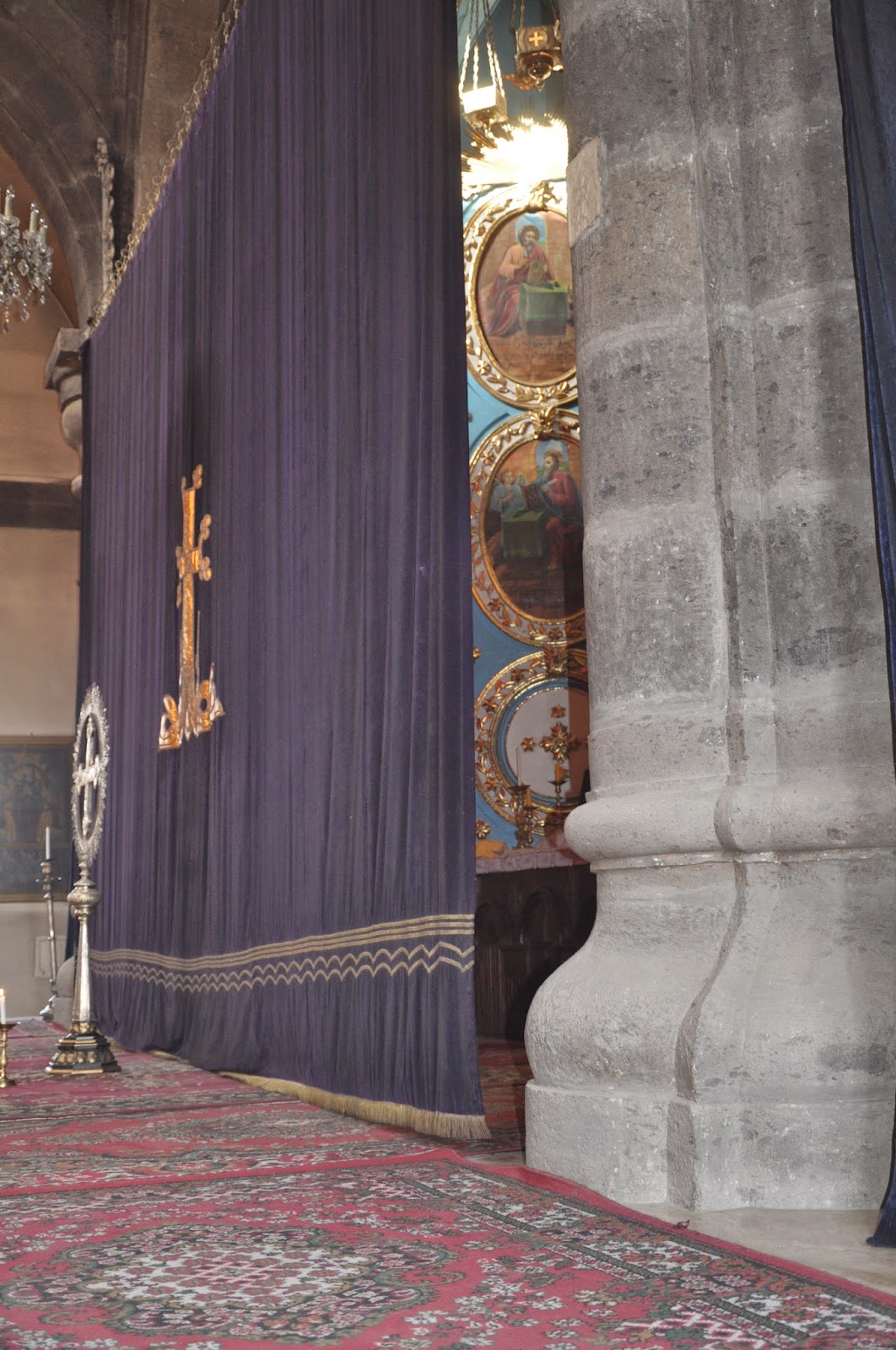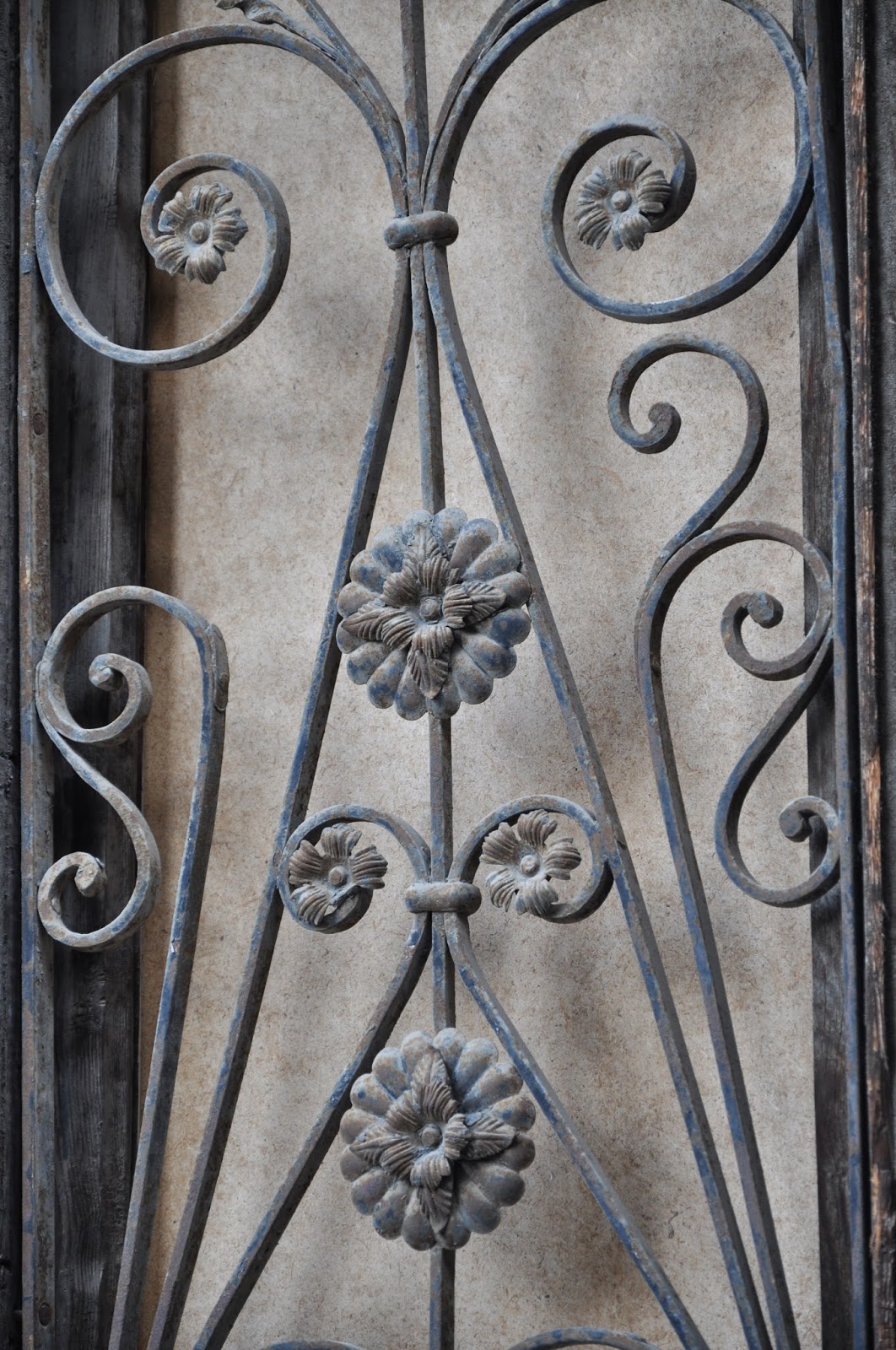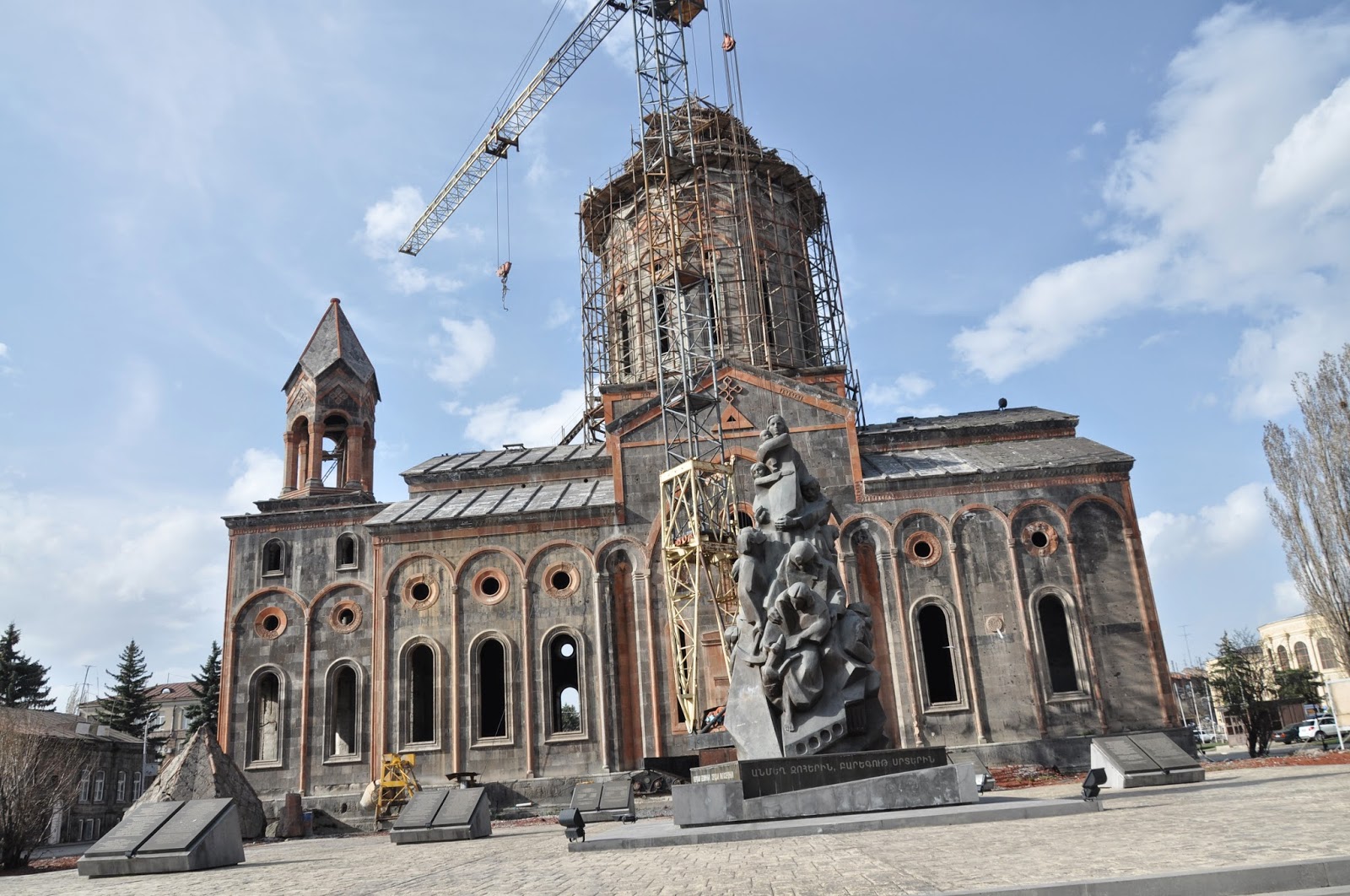(...)
Before having walked around the city centre of Gyumri we dropped the luggage at the hotel Araks located in the Kumayri historic district, where we would be spending the night at. With more than a thousand buildings said to date back to the 18th and 19th centuries, this historic district represents the old part of Gyumri, whose structures are said to have survived two major earthquakes which occurred in 1926 and 1988, despite having left several visible scars.

We initiated our walking tour just around the corner from the hotel and as we walked down the street going down to Vartanants square we could see several stunning Tsarist-era buildings still undergoing repairs. Architecturally speaking we were undeniably looking at some of the nicest buildings I had seen so far, in as much as they were embellished by intricately carved wooden window and door panels or artistic forged iron doors.



Rich in history, which had it come under Russian control twenty five years earlier than the rest of Eastern Armenia and be renamed several times Gyumri was once famous for its schools and theatres, having been home to the first opera show ever staged in Armenia (1912). The "October" cinema hall still bore witness of that past.

Vartanants Square was impressive with the outstanding City Hall and the 19th churches facing each other, Mother of God on the North side and the Holy Redeemer (Saviour) on the south, both of which were damaged during the earthquake, the latter having suffered considerably with the collapse of its large central cupola.



The Holy Redeemer church was still undergoing repair and reconstruction works, which must have certainly been significant taking into account the severe damage inflicted. The roof of the bell-tower which was toppled during the earthquake could be seen on the ground close by. Despite the fact that the reconstruction is still going on the Cathedral's actual image does impart some majesty.
It must be said that its design is said to have been a deliberate recreation of the Cathedral of Ani. A fairly large quantity of figurative sculpture on both the façades and porthole windows could be seen, together with decorative motifs inside the niches.
It s hard to imagine that it was confiscated and closed for worship during the 1930s and converted into a Concert hall for philharmonic orchestras during the Soviet period. Its "endurance" has been quite remarkable and this has made it quite special.
It must be said that its design is said to have been a deliberate recreation of the Cathedral of Ani. A fairly large quantity of figurative sculpture on both the façades and porthole windows could be seen, together with decorative motifs inside the niches.
It s hard to imagine that it was confiscated and closed for worship during the 1930s and converted into a Concert hall for philharmonic orchestras during the Soviet period. Its "endurance" has been quite remarkable and this has made it quite special.









A few khachkahrs were spread along the park located in front of it which together with the memorial added a rather "meaningful" atmosphere to the surrounding area, a few local citizens were using for entertainment.


Once we were back onto the main Square we went across to the Holy Mother of God church where a ceremony service was being held. Outside its entrance a few street vendors tried to sell candle sticks which had been put inside perforated plastic bottles of all sorts (each vendor specialised in a different kind), as if in preparation for a procession, as well as to let loose of the white doves, said to be a customary procedure during many religious events.



The curtain of the "bema" (high altar) was drawn but I couldn't resist taking a photo from a side angle though there wasn't much I could actually see.


As we walked out many of my travelling companions decided to go back to the hotel to relax before dinner time, but because we still had about one hour, Marie France, her husband Yves and I decided to walk the side streets behind the Hotel area to further get a glimpse of the old district houses and we did come across some very beautiful Tsarist-era ones, as well as some rather exquisite creative-like details, which inevitably caught our attention.
I had the opportunity to hand out a few more gifts to a group of local children and their reaction made my evening.




































No comments:
Post a Comment